An emergency depressuring system (EDS) is the mechanism of quick dumping of high-pressure process fluids from a hydroprocessing reactor in case of emergency situations like fire, thermal excursions, or overpressure. The emergency depressuring system removes hydrogen, hydrocarbons, and heat from the hydrotreating reactor and saves the catalyst and equipment from damage. This is particularly critical for high-pressure hydroprocessing units like hydrocracking and hydrodesulfurization units because of highly exothermic reactions.
Applications of Emergency Depressurizing system in Hydroprocessing Unit
Depressuring may be caused by a variety of triggering events and saves the hydroprocessing unit in the following situations;
- Emergency Depressurizing serves as a driving force to remove reactants immediately from the reactor and make it safe from thermal runaway.
- Fire or heavy leakage in the unit requires manual actuation of the depressuring system.
- When feed gas flow stops to the reactor circuit of the hydrocracking unit, it is automatically actuated.
- If catalyst bed temperatures can not be brought under control or when the temperature runaway or excursion is observed on the catalyst, 5~15 oC /minute temperature rises or it goes 28 oC above normal operating temperature.
- Power failure or sudden suspension of feeds will result in high temperature and pressure rise across the hydrotreating reactor because the reactions remain to continue on the catalyst but the heat removal process is paused.
- Instantaneous pressure hikes in the hydroprocessing unit, while the pressure safety valves are not able to handle the vapor or liquid load in a short time.
Design Considerations of Emergency Depressurization System
- As the emergency depressurization actuates, the unit adopts the safe shutdown, all the feeds, and products to and from the unit are cut off automatically. The feed charge heater, feed pump, amine, wash water, and makeup gas are discontinued. While the recycle gas compressor continues to operate, providing cooling media to the hydrotreating catalyst. On many occasions when depressuring is activated, it is manually stopped by resetting the switch at the DCS console or physically isolating it from the field.
- The depressuring system can be activated manually or automatically upon the reactor achieving the preset conditions. In some hydrocracking units, a design metallurgical temperature and failure of recycle gas are used to trigger automatic depressuring.
- Normally, for Naphtha and diesel hydrotreating units, manual emergency depressuring is employed while for hydrocracking units, both automatic and manual options are given.
- In hydroprocessing units, The depressuring point is usually a cold high-pressure separator, or if there is an amine absorber then depressuring may be downstream of it. For a single separator, the EDS is at a high-pressure separator.

In Hydrotreating units, one or two separate remotely operable depressuring systems can be provided for the high-pressure reaction section. The UOP-licensed hydrocracker units, have two depressuring rates i.e. low pressure and high depressuring rates.
Low-rate Depressuring System
A low-rate depressuring system is designed to depressurize the high-pressure circuit of the hydrotreating unit from the normal operating pressure to 7 kg/cm² in 60 minutes. This system reduces 50% of the vessel’s design pressure within 15 minutes. Its purpose is to stop or reduce the hydrotreating reaction rates and to stop the temperature and pressure hikes.
High-Rate Depressuring System
A high-rate depressuring system is provided for major emergencies such as fire or a large leak or thermal runaway. This system is designed to depressurize the high-pressure section of the hydroprocessing unit from normal operating pressure to 20% of vessel design pressure in 15 minutes, based on the assumption that vapors by heat input from the fire.
High-rate depressuring can be initiated automatically as per preset logic or manually by the board operator as per pre-defined conditions. High-rate depressuring is activated automatically when any hydrocracking catalyst bed temperature or cracking reactor outlet temperature reaches the vessel design temperature, or when any cracking reactor skin temperature reaches a temperature 10°F or 5°C below the design temperature.
Rate of Emergency Depressurization
The rate of depressurization is controlled by a restriction orifice in the line downstream of the depressuring valve that governs the rate of depressuring. The rate is tested at the start of the unit. It is important that the corrected depressurizing rate for normal operating conditions match the design rate. Initially, the depressing rates are higher then the rate gradually slows down as the system pressure drops. Depressuring rate is typically 6~20 bar per minute. The system should be flared within 15 minutes.
The reason of 15 minutes as design parameter is to avoid the excessive mechanical stress of the processing unit through controlling the depressurizing rate which can lead to an excessive stress over critical systems like reactor internals if is much high or can limit the capacity of the processing unit to deal with emergency scenarios if the depressuring rate is too low.
Another side effect related to high depressuring rate system is the risk of damages in the flare operating systems, the capacity of the flare system to deal with the processing unit during emergency shutdowns in hydrotreating units needs to be considered during the design step in order to minimize the risks of damages in the flare tubulation system which can lead a worsening in the emergency scenario.
Further, the too-high depressurizing rate during normal operation could lead to excessive forces being exerted on the reactor internals. The too-low depressurizing rate could limit the ability of the unit to bring any upset safely under control.
Operating Guidelines of Emergency Depressurization System
- When the EDS activates, the operation team should verify that all interlocks have been operated. In case the heater is not stopped then, the heater can go overheat while the feeds to the heater are stopped. Also, if only recycle gas continues to the reactor, the heater will overheat the gases, and catalyst temperature excursion may take place. Further, if the feed pump does not stop and liquid feed continues to the reactor then it will lay down the coke on the catalyst as the catalyst is at a high temperature while heat-removing gas is not available. For further study to avoid coke formation on hydrotreating catalysts please view the blog “Reducing Coke Formation on Hydrotreating Catalysts”
- On many occasions when depressuring is activated, the depressuring is manually stopped at intermediate pressure too soon with the wish of holding reactor pressure trying to save restart time. This is absolutely a wrong approach that can result in another emergency when restarting the unit with a hot and insufficiently cooled catalyst bed with feed remnants remaining in the catalyst pores.
- Develop and follow the unit’s specific procedure and identify all the possible scenarios for activation of the emergency depressuring system. Well-trained operators and clear, well-written procedures are necessary to maintain safe operations.
- The depressuring shutdown interlock should be checked during startup to ensure it functions and never be bypassed during normal operation.
- Upon activation of the depressuring system, the DCS Operator should monitor the operating conditions of recycle gas compressor and immediately stop the compressor if a surge in the compressor is observed.
Different designers have dissimilar logic upon activation of the EDS. In UOP hydrocracking units, feed pump, furnace (pilots remain lit), wash water, and amine, all trip. The Axens have almost the same philosophy as UOP, except partial tripping of the furnace. On contrary, Chevron has totally different logic upon emergency depressuring activation; the feed pump remains in service to quench the reactor, wash water, and amine pumps also continue their operation while the heater partially trips.
For further information, discussion and queries please comment in the box below or contact admin@ or follow us on Facebook & LinkedIn.

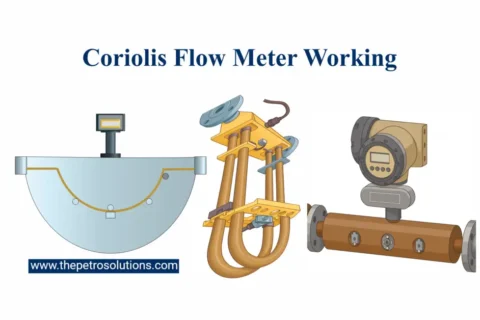
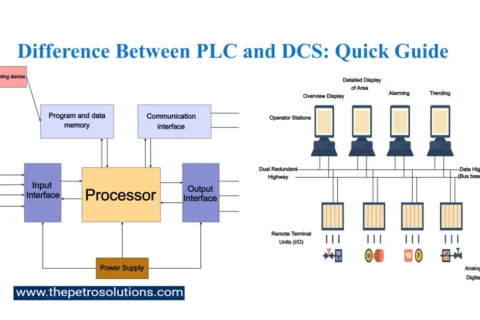
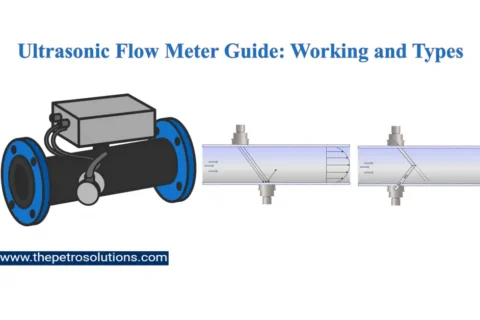
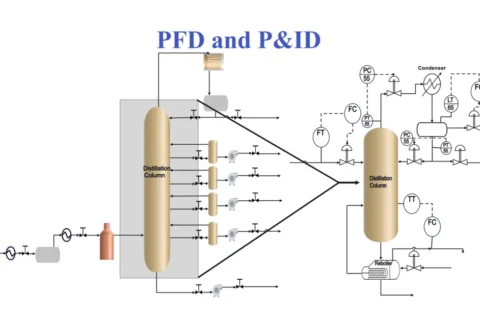
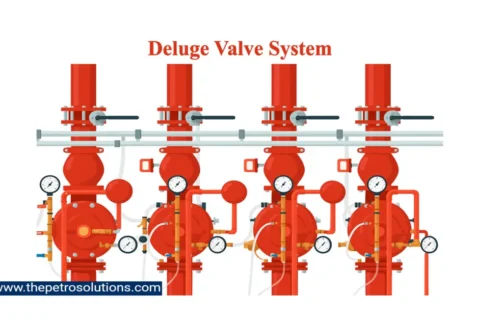
2 thoughts on “Emergency Depressurizing System of Hydroprocessing Units”
Load of the depressurizing for calculation of flare load is fire or non fire cases???
Load of the depressurizing for calculation is based on the fire cases.